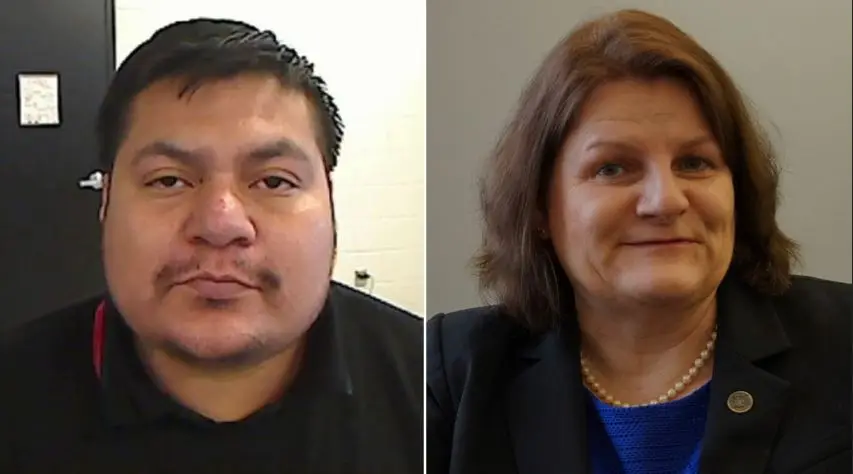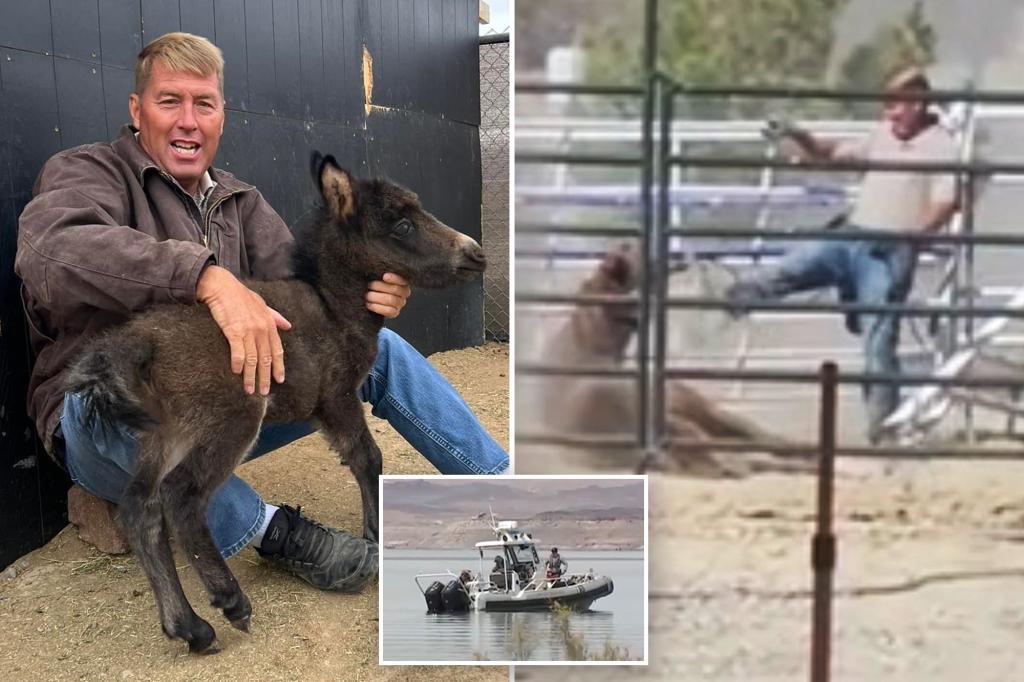Turbulence in Tripoli: Armed Clashes Erupt in Libya’s Capital
Heavy gunfire and explosions rocked Tripoli this week as rival armed factions clashed across Libya’s capital, leaving at least 15 dead and dozens wounded. The violence, which erupted on Tuesday near the city center, marks the worst fighting since last year’s ceasefire and threatens to derail fragile political progress. Analysts attribute the escalation to power struggles between militias aligned with competing political factions vying for control ahead of potential elections.
Escalating Violence Threatens Fragile Stability
Residents reported sustained artillery fire and street battles in the Abu Salim, Ain Zara, and Salah al-Din districts, forcing schools and businesses to close. The Libyan Red Crescent confirmed evacuations of civilians trapped in conflict zones, while hospitals struggled with casualties. According to UN estimates, the clashes displaced over 2,000 families within 48 hours.
“This isn’t just another skirmish – it’s a systemic breakdown of the security apparatus,” said Dr. Farida El-Khamisi, a North Africa security analyst at the Cairo Institute for Strategic Studies. “When the so-called stability brigades turn their guns on each other, it reveals how superficial Libya’s unification process remains.”
Key factors fueling the crisis include:
- Disputes over control of lucrative state institutions and oil revenues
- Divisions between factions backing the UN-recognized Government of National Unity (GNU) and those aligned with rival eastern authorities
- Foreign interference from regional powers supporting opposing sides
Political Fractures Behind the Conflict
The fighting primarily involves the 444 Brigade and the Special Deterrence Force (Rada) – both nominally under GNU authority but operating with significant autonomy. Tensions boiled over after recent attempts to restructure security forces under civilian oversight, threatening militia leaders’ political and economic influence.
“These groups aren’t just security providers – they’re political actors with vested interests,” explained Mohamed Eljarh, a Libyan political researcher. “The transitional government lacks either the military capacity or political consensus to rein them in.”
Recent months saw growing tensions as:
- Oil blockades by eastern factions reduced GNU funding
- Postponed elections deepened public disillusionment
- International attention shifted to other global crises
Humanitarian Fallout and Civilian Impact
Local NGOs report severe strain on medical facilities, with trauma centers running low on blood supplies and emergency medications. The Education Ministry suspended classes citywide after shelling damaged three schools. Power outages now affect 40% of Tripoli neighborhoods according to the General Electricity Company.
“We’re back to 2020 conditions – hiding in corridors as rockets hit nearby buildings,” said Amina Belhaj, a mother of three in the Furnaj district. “The politicians make promises while our children learn the sounds of different weapons.”
Humanitarian organizations face mounting challenges:
- WFP food distribution networks disrupted
- Overcrowded shelters lacking COVID-19 protections
- Critical shortages of fuel for generators and water pumps
International Response and Diplomatic Efforts
The UN Support Mission in Libya (UNSMIL) called for an immediate ceasefire and condemned attacks on civilian areas. However, Security Council members remain divided, with Russia and the UAE blocking stronger measures. The African Union convened emergency talks, while neighboring Tunisia and Egypt heightened border security.
European powers face particular dilemmas:
- Italy’s energy deals depend on western Libyan factions
- France maintains ties to eastern commander Khalifa Haftar
- EU migration policies require cooperation from Tripoli-based groups
“The international community’s contradictory approaches enable Libya’s fragmentation,” argued Georgetown University’s Professor Karim Mezran. “Until external actors align behind a unified political process rather than competing proxies, the violence will continue.”
What Comes Next for Libya?
As mediation efforts continue, analysts warn that temporary calm may not address root causes. The GNU’s legitimacy weakens with each security failure, while eastern factions sense opportunity. With oil production dropping 18% this month, economic pressures could exacerbate tensions.
Potential scenarios include:
- Short-term: Localized ceasefires brokered by elders and tribal leaders
- Medium-term: International pressure for renewed election roadmap
- Long-term: Security sector reform becoming prerequisite for foreign aid
The coming days will test whether Libya’s factions prioritize political solutions over military escalation. For Tripoli’s civilians, the immediate concern remains survival amid the crossfire. As one resident put it: “We don’t care who wins – we just want to know if our homes will still be standing tomorrow.”
For ways to support humanitarian efforts in Libya, visit the Libyan Red Crescent’s verified donation portal.
See more Update My News



